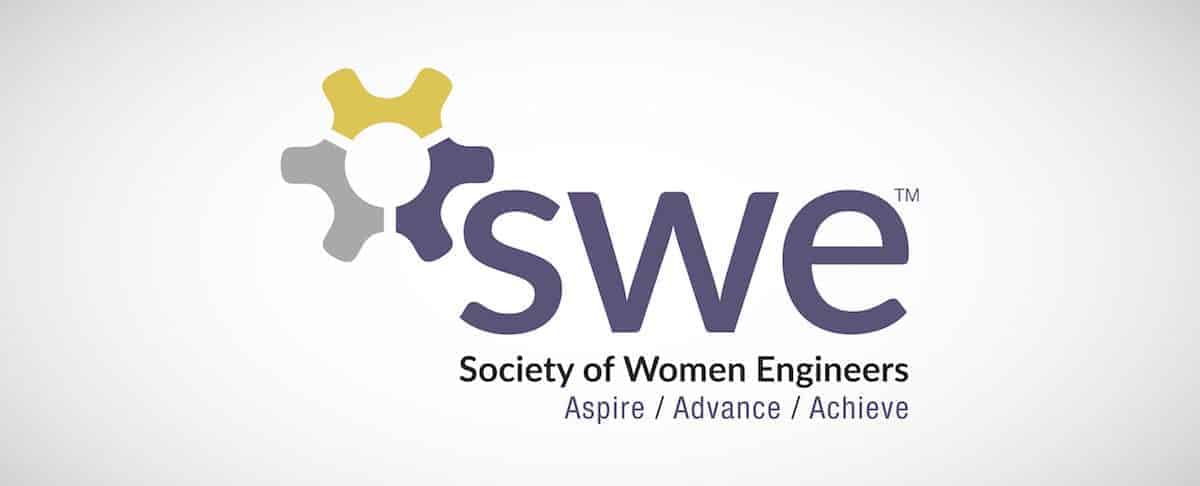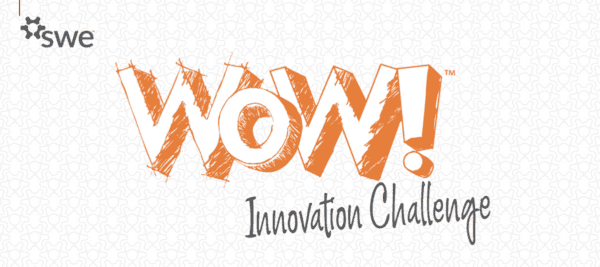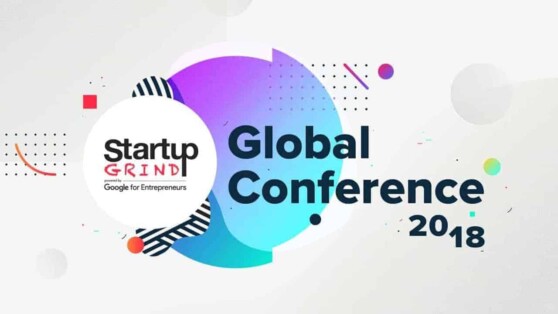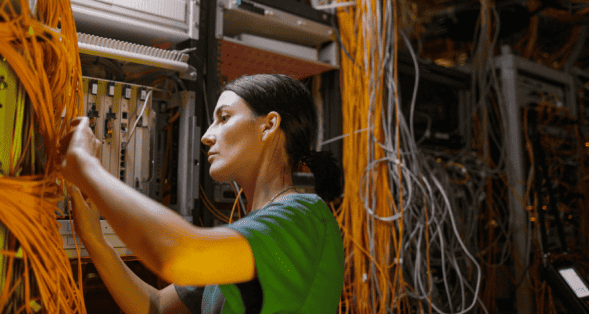Be sure to check out part one of our interview with Laura Smith-Velazquez. The SWE member, a senior systems engineer and cognitive scientist at Rockwell Collins, was selected as one of the 100 finalists for the Mars One mission.
AT: “So, is there anything in particular you’d like to do if you do make it to Mars?”
LS: “I think I would like to look back, and look at Earth, and then take my first step looking forward and never looking back. We will have come so far, so to look back and just be amazed, with the stars and a whole different view-that would be a pretty awe-inspiring view. And then to turn around and look at how much farther we get to go…
“This isn’t the United States going to Mars-it’s not a particular country going to Mars. This is the Earth going to Mars. And that is pretty amazing. So rarely have we done something as a planet, and that’s one of the main things that Mars One is talking about. It’s not a particular country or a particular government; it’s the people of Earth going to Mars.”
AT: “Let’s say you don’t make it, how would you feel if this doesn’t work out? If you didn’t make it past the next cut? What will you take away from this experience?”
LS: “Y’know, I really don’t think I would necessarily look at things differently. I’ve always been into STEM education, and just trying to be that person that says ‘you can do this too.’ I’m an average, small-town girl…I grew up in a poor family and a rural environment where, y’know, a lot of the people I knew growing up still live and work there-and that doesn’t have to be you if that’s not what you want. You can go out and do these great things, just get out there and develop the excitement to push us farther.
“Without people willing to take that risk, people won’t have any hope, they wouldn’t have any vision…so, even if I don’t make it, I know I have to try, and I will continue to do that.”
AT: “What can people do if they want to support Mars One?”
LS: “Mars One is a non-profit, so they are not producing any of the technology themselves. They’re seeking investors and doing crowdsourcing. So we need people to respond to the call to develop this technology, and we also want people to get excited about the mission.
“Also, this assists research efforts-NASA has quite a few research efforts going on to study radiation effects on the human body. That type of stuff can generate excitement and help solve some critical problems, so people who are in areas like I am, in research and development, can develop technology. Or companies can respond to those proposals and take that initiative to get involved and get excited. Especially engineers, they’re in a perfect position to do so.
“There are people who say ‘oh, this is a fluke,’ or ‘they’re not going to make it, they’re not going to do all that.’ Well yeah, there are hurdles. And they need bright people to identify those hurdles and to identify solutions to those hurdles. At one point, we thought going to the moon was not possible either, but we did it. Because we had the backing and we had the right technology, and the right people to develop the technology. So that’s the area that engineers can help. And even regular people can help with that. That’s another reason why, as a non-profit, they’re really trying hard for crowdsourcing, mainly to get the average population to back it. Because that’s how we have to do things-we don’t have the Cold War to back it. It takes vision.”
AT: “What would you tell young girls who want to get into engineering?”
LS: “One thing I would like to the tell them is that engineering is creative-it’s solving problems, it’s helping others. I know young people who think engineering is all math, it’s all rote, it’s all analytical-but it’s not. There’s so many more aspects of yourself you have to develop to be successful in engineering. Being able to think outside the box. Being able to understand problems and needs and wants. I think if someone wants to prepare, they need to be a really well-rounded person. And is it just math? Y’know what, I’m not that great at math personally. But I love physics and I have a passion, so I just keep at it. The main thing is to have that well-rounded background. The curiosity and the passion is what’s going to make you successful. If you do something that you love and enjoy, you’ll be successful no matter the work. You’ll never ‘work’ a day in your life. I mean, I haven’t really.
“It helps to have good role models too. The role models I had when I was young, my mother and my grandmother, they were strong women and successful regardless of their lack of education. For example, my mom worked her way up to become a quality control engineer even though she never graduated high school. It doesn’t matter if you’re poor or rich, it’s just that perseverance and that resilience to go out there and get what you want. And you don’t have to do it the traditional way, or the way other people do it either. If there’s a will, there’s a way.
“The first Native American woman engineer was Cherokee, she was a huge role model, since I’m Cherokee. Her name was Mary Golda Ross, and she worked for the Apollo program for Lockheed Martin. So that was a huge role model for me growing up. It was just, ‘wow’ there’s a Cherokee woman who went out and did it.
“Having that role model, and getting rid of the stereotypes, and having somebody see that and say ‘hey, I can do that, she did it!,’ that’s powerful. Not only that, but an organization like SWE is really good for sharing those stories and connecting those potential mentors with girls who want to do [engineering], but have no idea where to start, or what it takes.”
Author
-

SWE Blog provides up-to-date information and news about the Society and how our members are making a difference every day. You’ll find stories about SWE members, engineering, technology, and other STEM-related topics.






